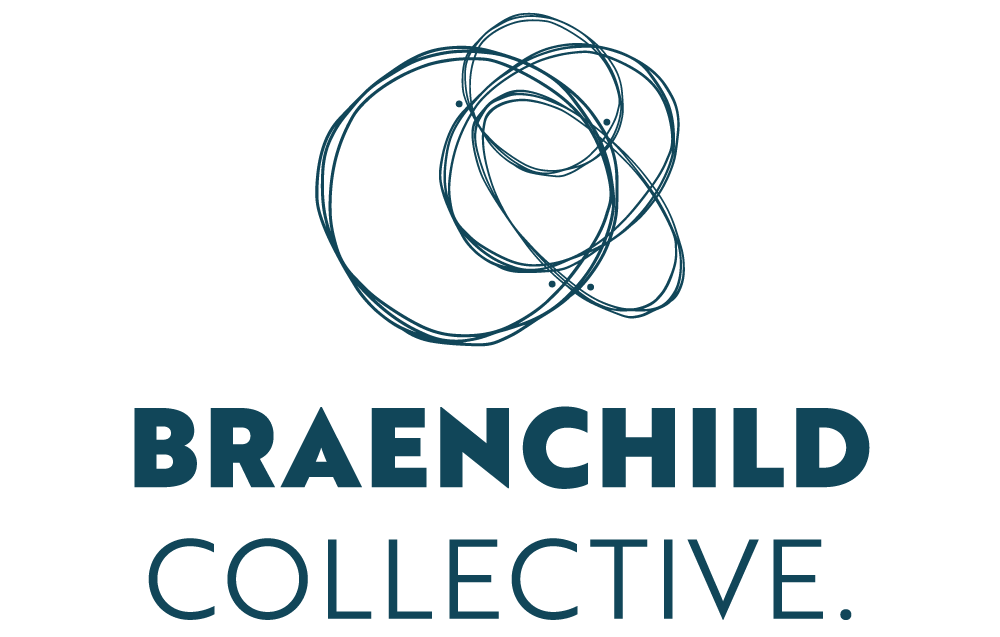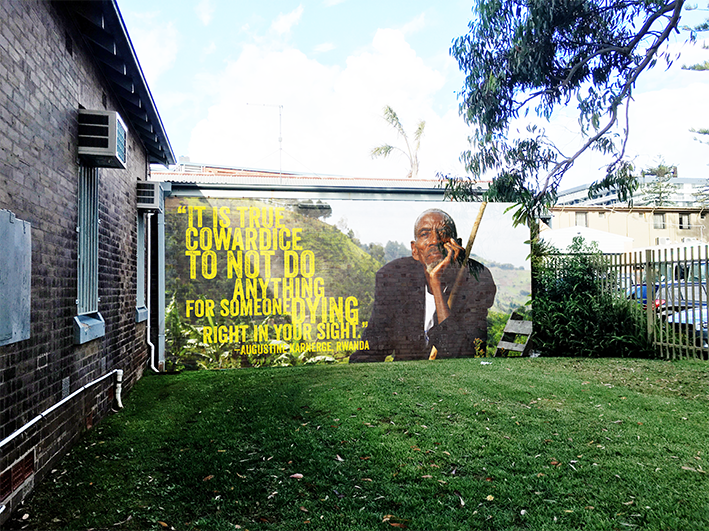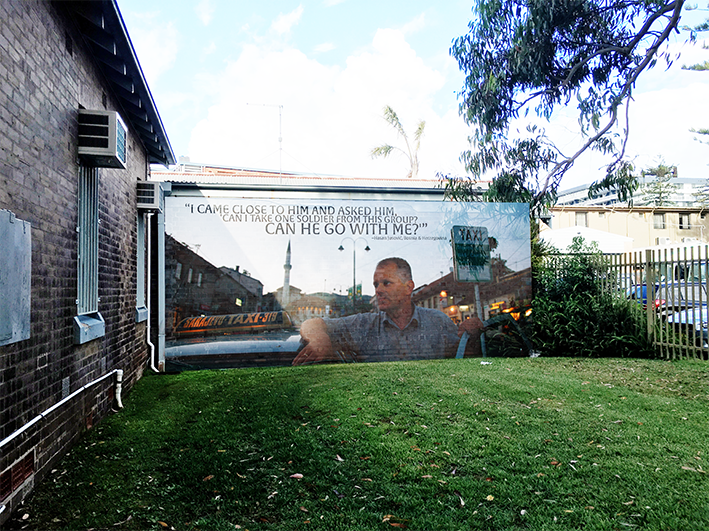Rescuers @ the ArtWalk
Overview
The Rescuers will be redesigned as a projected exhibition for Port Macquarie-Hastings Council's inaugural ArtWalk event. On for one night only on 21st April 2016, the ArtWalk will be a collaborative event, in which multiple artists will display their work to the community via projections as well as inside bars, cafes and local galleries. The Rescuers will be projected onto a wall adjacent to the Port Macquarie Police Station.
The design brief has been compiled, and the analysis stages are underway. Along with this, a revision of social semiotic and multimodal analysis has also been undertaken, and this has been supporting the design process really nicely!
van Leeuwen (2006) outlines two main branches of analysis:
1. Dimensions of semiotic analysis:
- Discourse: the key to studying how semiotic resources are used to construct representations of what is going on in the world
- Genre: how semiotic resources are used to enact communicative interactions
- Style: How people use semiotic resources to 'perform' genres
- Modality: how semiotic resources are used to create 'truth' or reality
2. Multimodal Cohesion
- Rhythm: coherence and meaningful structure created to events over time
- Composition: meaningful structure to spatial arrangements
- Information Linking: cognitive links between items of information in time - as well as space - media
- Dialogue: structure of dialogic exchanges
What's interesting to note is that there are some very interesting links here between social semiotic, multimodal analysis and Critical Hermeneutics: Roberge (2011), who draws inspiration primarily from Paul Ricoeur, but also looking to others such as Clifford Geetz and Jeffrey C. Alexander, frames Critical Hermeneutics within three theories:
1. The Theory of Meaning:
Both Geertz and Ricoeur situate ideology as a cultural system that "...involves arriving at ‘the necessity for a social group to give itself an image of itself, to represent and to realize itself, in the theatrical sense of the word’" (Ricoeur, 981, pp. 225, in Roberge, 2006, pp. 8).
In other words, what is inherent within ideological frameworks is a 'function of integration' "which is at once impassable and positive, and which must allow the group to discover itself through the mediation of 'social imaginary'" (Roberge, 2006, pp. 8).
Roberge asks, "Why must this function be impassable and positive?". Firstly, because ideology does not have meaning that could be partial or secondary: it IS meaning. It is meaning-full (or, as Ricoeur explains it, provides a surplus of meaning). Secondly, ideology has always been in the realm of interpretation: the correlation between the group and its foundation, as well as the boundaries of the group, both spatial and temporal. Thirdly, that ideology can be understood as a text. It is here that Roberge (2006) outlines the complexity of this idea: on the one hand, ideology as text presumes that it functions in the manner of de Saussure's notion of a 'sign system', or a semiotic network in which elements position themselves in opposition to others. On the other hand, Roberge argues that ideology as a text is a reference - that is, it speaks of something other than itself. Therefore, 'the thing of the text' is the object of hermenutics: it is not real, but a representation of the world that is framed by an ideological boundary.
2. The Theory of Action
This allows us to see how ideology is 'performed' in the world. Although Roberge frames this as being similar to a 'sign system' in operation, we can expand upon this by framing it within a multimodal social semiotic framework of analysis: what semiotic resources are being employed to make meaning and how are they operating with other modes of communication? What role are they playing in 'performing' ideology? de Saussure's original signifier + signified = sign framework was based upon linguistics, and semiotic theory that followed, including Barthes' analysis of image and text and Halliday's idea of semiotics being about a 'resource for making meaning', provided a more multimodal approach for social semiotics to take its cue (van Leeuwen 2006). For difficult exhibition design, this too is an important expansion of analysis: we cannot only look at the linguistic 'signs' to provide interpretive clues, but also the visual materials supplied to us and that which we create - in particular the typographic representations of testimony.
3. Theory of Experience
This helps to frame the interactions that people have with the performance of ideology in the world. In the case of difficult exhibitions, for example, what might the visitors interactions with the testimonies be? What can we assume and what might be vary factors?
If we go back to van Leeuwen's framework on semiotic analysis, we can see some threads between it and Roberge's critical hermeneutic outline of theories. Firstly, by analysing discourse, we can find a path for understanding ideology: the type of knowledge that often makes up the discursive elements of an ideological position as a representation of that ideology. This, according to van Leeuwen, is the WHY of semiotic analysis. Secondly, we can use the idea of genre, in addition to style, to examine HOW semiotic resources "are used to enact communicative interactions" (van Leeuwen, 2006); this can equate to Roberge's theory of action - in other words, we can examine how ideology is performed by examining the semiotic resources used within the frameworks of genre and style. Lastly, an analysis of modality has the potential to help us frame, as designers, the practice of design to the desired outcome of viewer interaction, and therefore has some links to Roberge's Theory of Experience. This is important because we are not only analysing the semiotic resources that become available to use BEFORE design, but also during and after the design process.
While it can be difficult to predict exactly what kind of reaction an individual viewer might have to a difficult exhibition (and even a single element of it), the CHaSSMM Model can be used as a framework for helping us understand, through a range of approaches, to understand ideological positions both in terms of organisations behind an exhibition and individual testimony, and also to help guide our interpretive practice to those semiotic resources that allow for optimal 'performative' and experiential outcomes.
ArtWalk 2016: Planning
There have already been several stages completed within the planning of the ArtWalk version of The Rescuers exhibition. The first was to compile a design brief for the project. The aim of this is to become the central working document for the entire length of the project. It includes important information regarding the exhibiting organisation's goals, the partners on the project and, in order to promote reflexivity in practice, on myself as the designer as well.
There was also some consultation with the Rescuers curator, PROOF's Leora Kahn, regarding which of the rescuers' testimonies should be included in the exhibition. These have been outlined within the design brief. What needs to be further planned is the order and number of section to be contained within the projected exhibition, and refine the quotes that will be used.
At this stage, this has been adjusted to be:
- Opening slide: Rescuers logo, PROOF logo, CSU logo (?)
- Except from introduction by Dellaire
- Definition of genocide (?)
- Map 1: Rwanda + info on genocide
- Leonard Rurangirwa
- Sister Helene
- Augustine Kamegeri
- Josephine Dusabimana
- Map 2: Holocaust + info on genocide
- Andree Gallen
- Cavalier Mario Martella
- Truss Menger
- Jan Karel Wijnbergen
- Map 3: Cambodia + info on genocide
- Hang Romny
- Khon Ang
- Ngen Ngon
- Meas Preoung
- Map 4: Bosnia & Herzegovina + info on genocide
- Dorde "Dojo" Krstic
- Suada Sesum
- Hasan Jusovic
- Borivoje & Ljubinka Lelek
- Photographers credits
- Info on PROOF: Media for Social Justice
Each slide should be no longer than 15 seconds each.
CHaSSM Method in Practice
The CHaSSMM Method has already proved a useful tool for framing the questions that underpin the design brief: who are the stakeholders, what are their aims, what is contained within the exhibition? By framing the information within the brief in this way, the brief acts as a document that can provide a bedrock for the design practice to follow. For example, we know from gathering this information that PROOF's ideological position is one of peacebuilding and human rights advocacy. In particular, The Rescuers was a project created by PROOF in order to examine upstander behaviour as a possible path for helping post-conflict regions to heal, while also a potentially powerful way for individuals within communities to prevent violence. What we come to understand through this information is that PROOF's ideological position is concerned with knowledge that advocates peace, while at the same time, admonishes violence. We don't see, within PROOF's position, any knowledge on when violence might be the most viable option for maintaining peace, for example. There might be instances when this could well be true, but within PROOF's 'knowledge container' (for want of a better term), this is omitted. This is not a statement that in any way judges PROOF's ideological position, but by stating this, we become cognisant of those boundaries, and possible opposing ideologies as well.
The other useful aspect of the design brief was having an avenue to state design aims: because I have designed this exhibition before, there were aims based not only on the specific ArtWalk and Rescuers project, but this version as an extension and further development of those that came before it. It needs to be clearly started that this project is also an experimental research project: this is important in further understanding why design decisions will be made in the way they are, and what research questions are being asked.
Also listed in the design brief are production deadlines and details, as well as two mock ups of what the projections might look like once they're on the wall. This was incredibly useful, because the dimensions of the wall are very different to the images and original poster design mock ups, and layout has been adjusted. This has created the dimensions for all of the slide elements that will be included (1795px x 800px), high resolution.
The design brief goes into some detail about the ArtWalk itself: as an event sponsored by the Port Macquarie Hastings Council, it's important to understand why this event is being put on, what aims it has for the community (and the local economy), the context of viewing, and make clear the fact that the Rescuers will be part of an event that includes projected and other forms of art in various locations in the CBD area of town.
What needs a little more elaboration in information on the demographics of Port Macquarie itself, and information is being sourced on this.

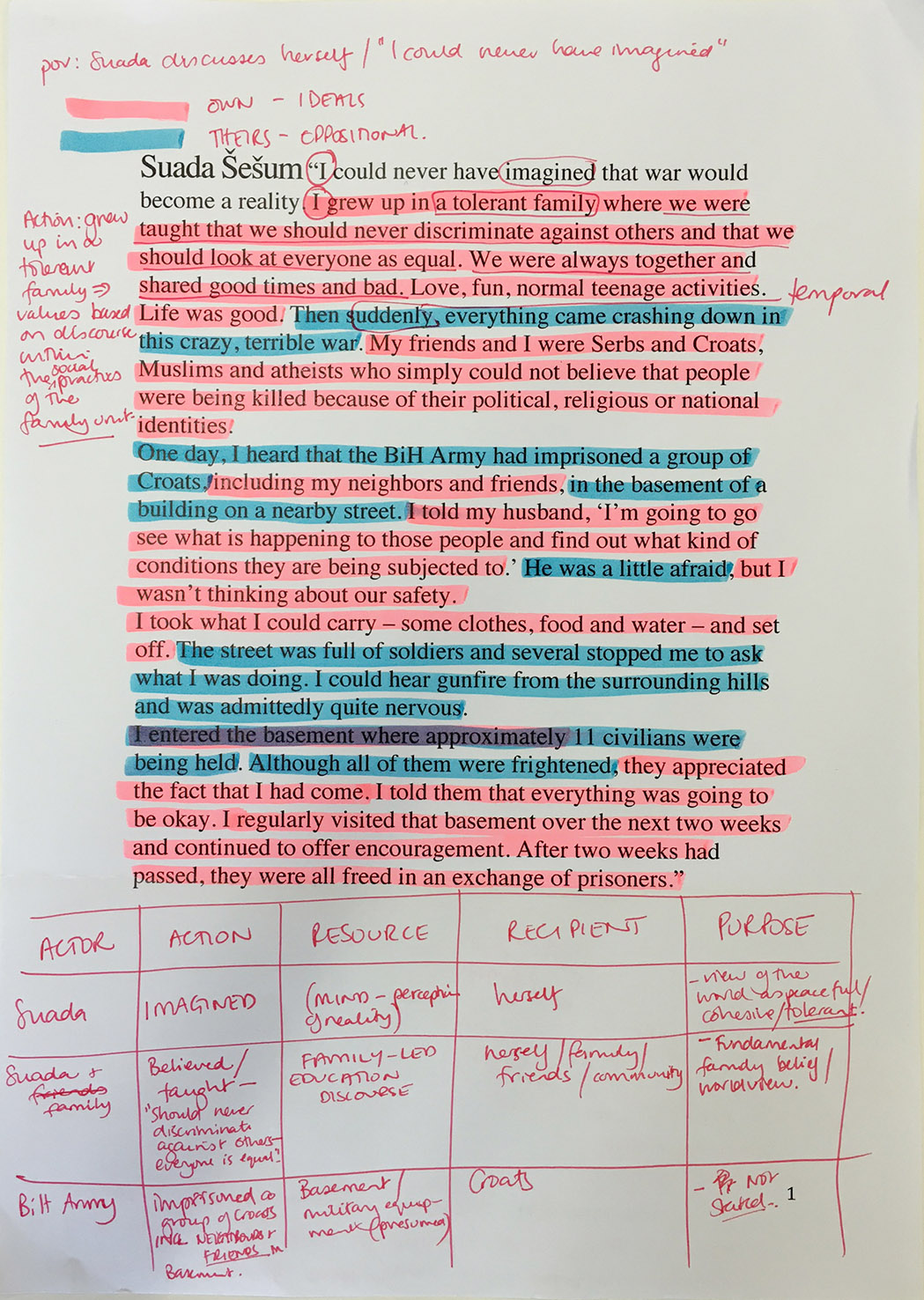
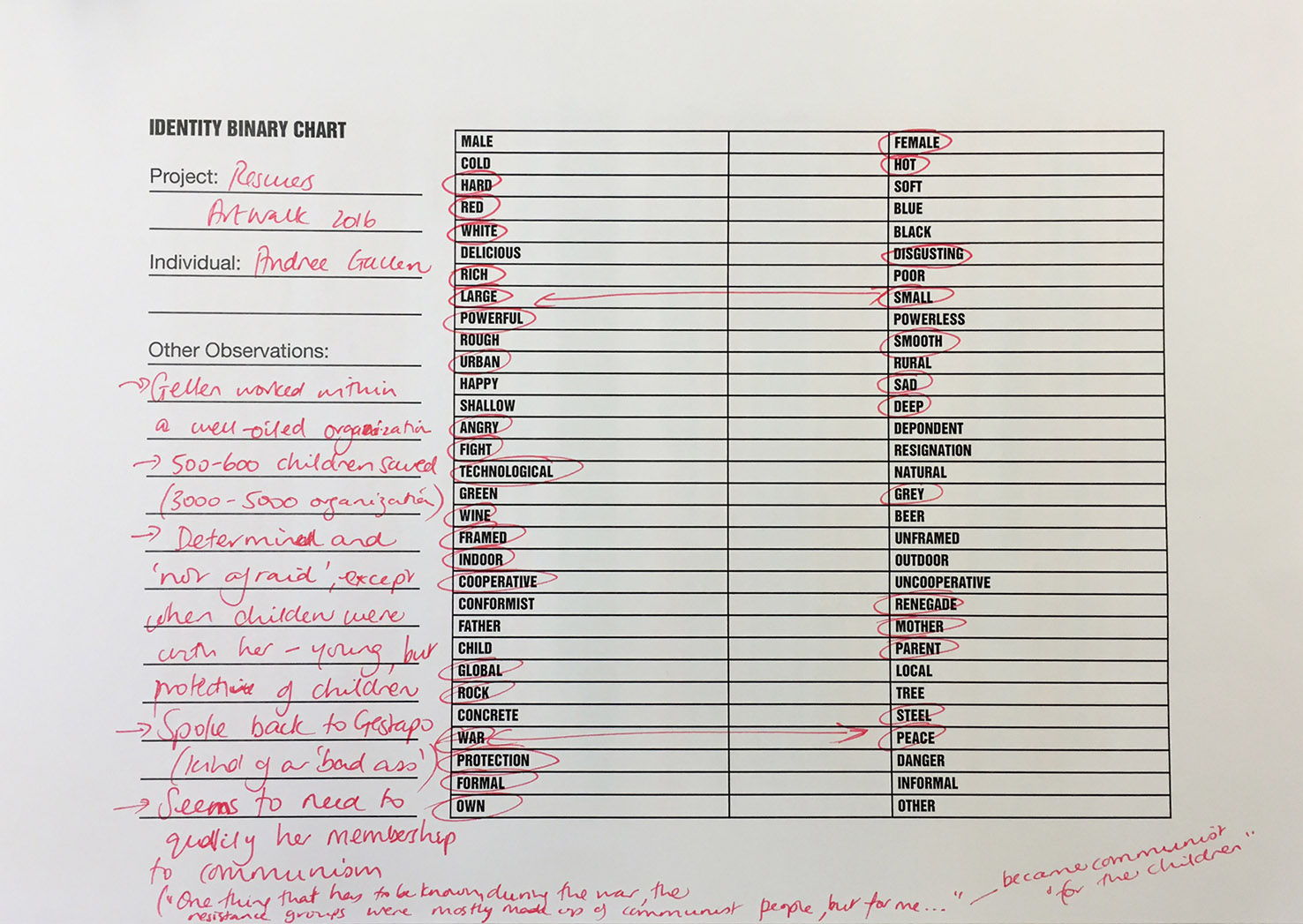
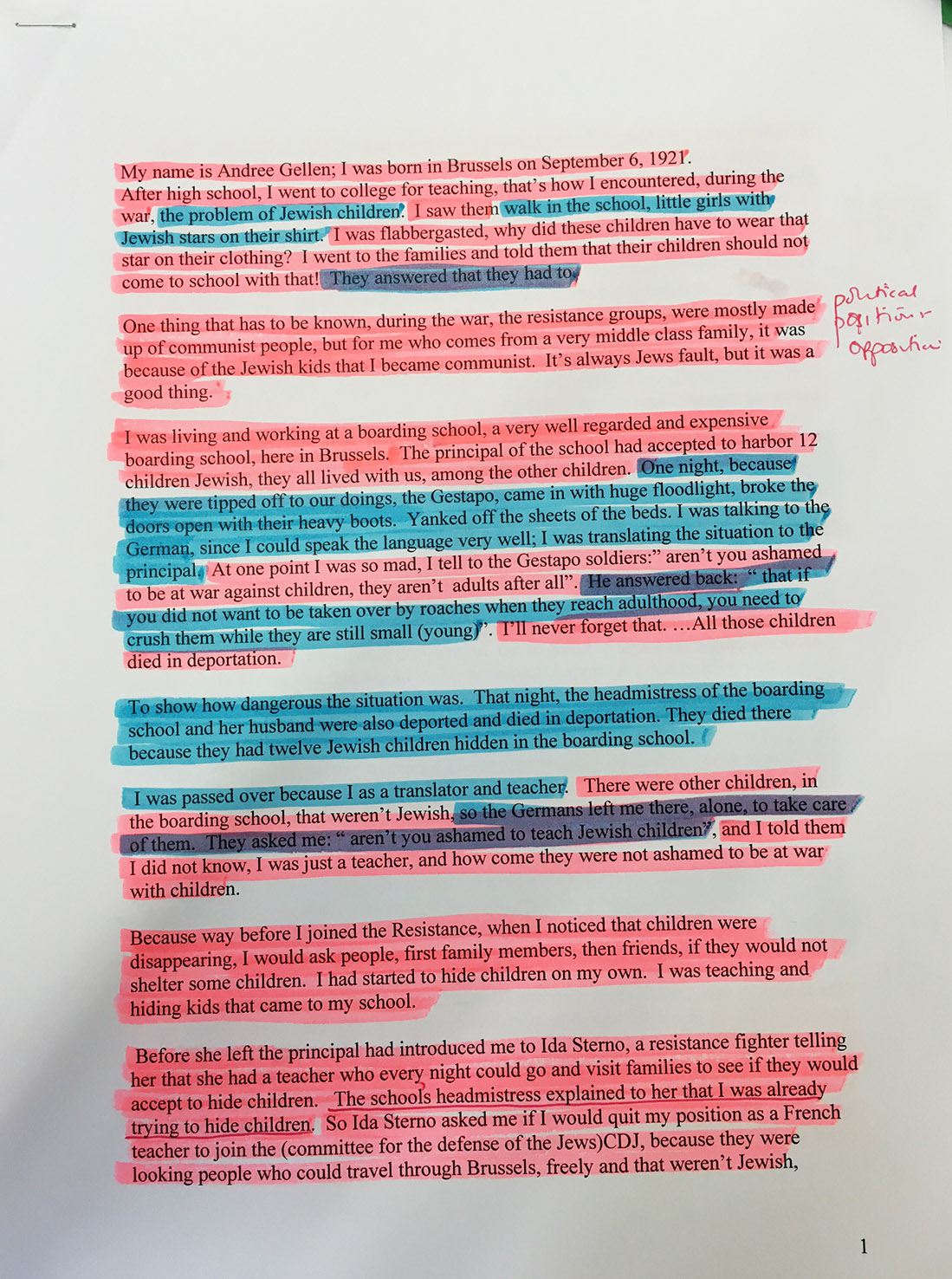
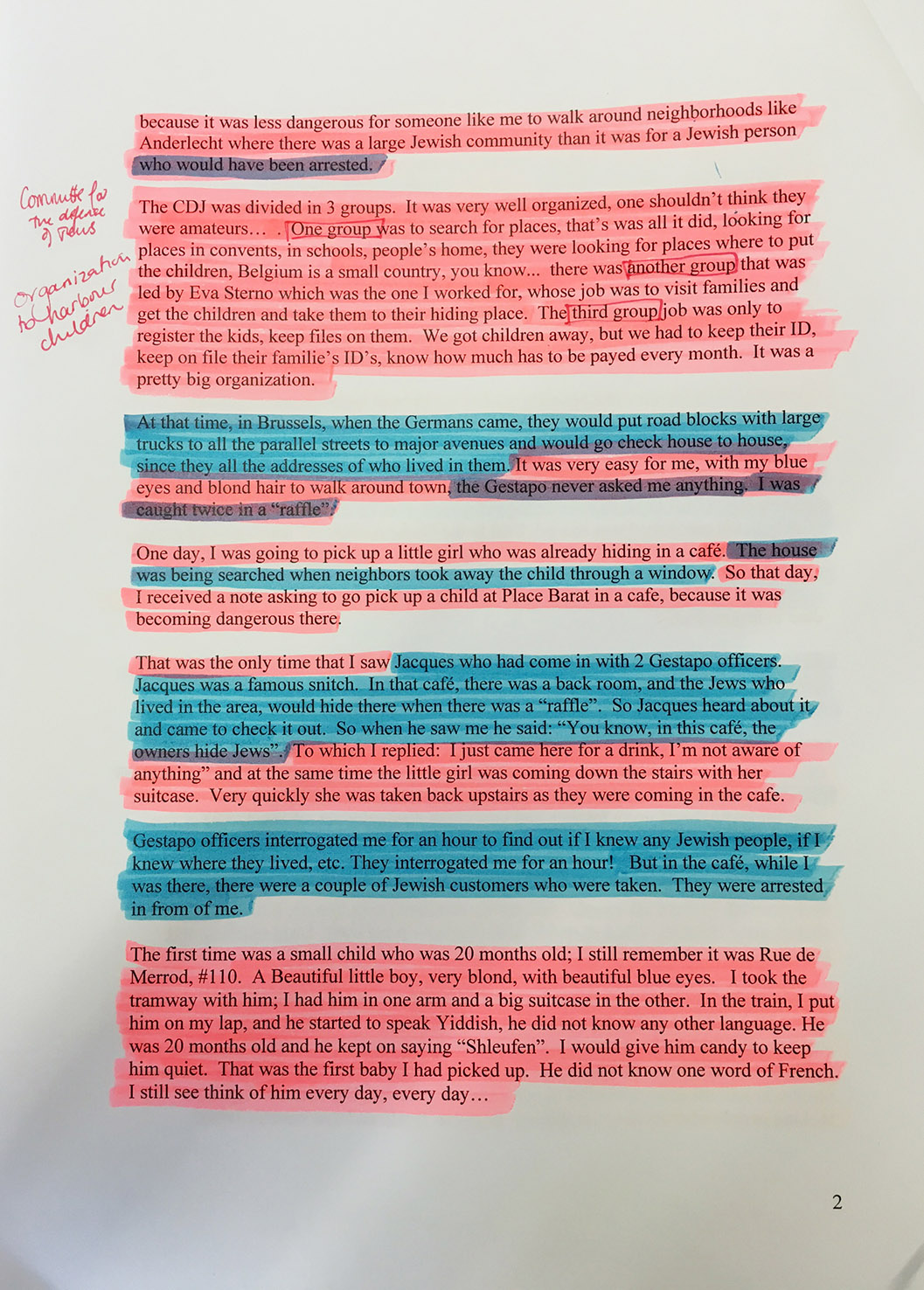
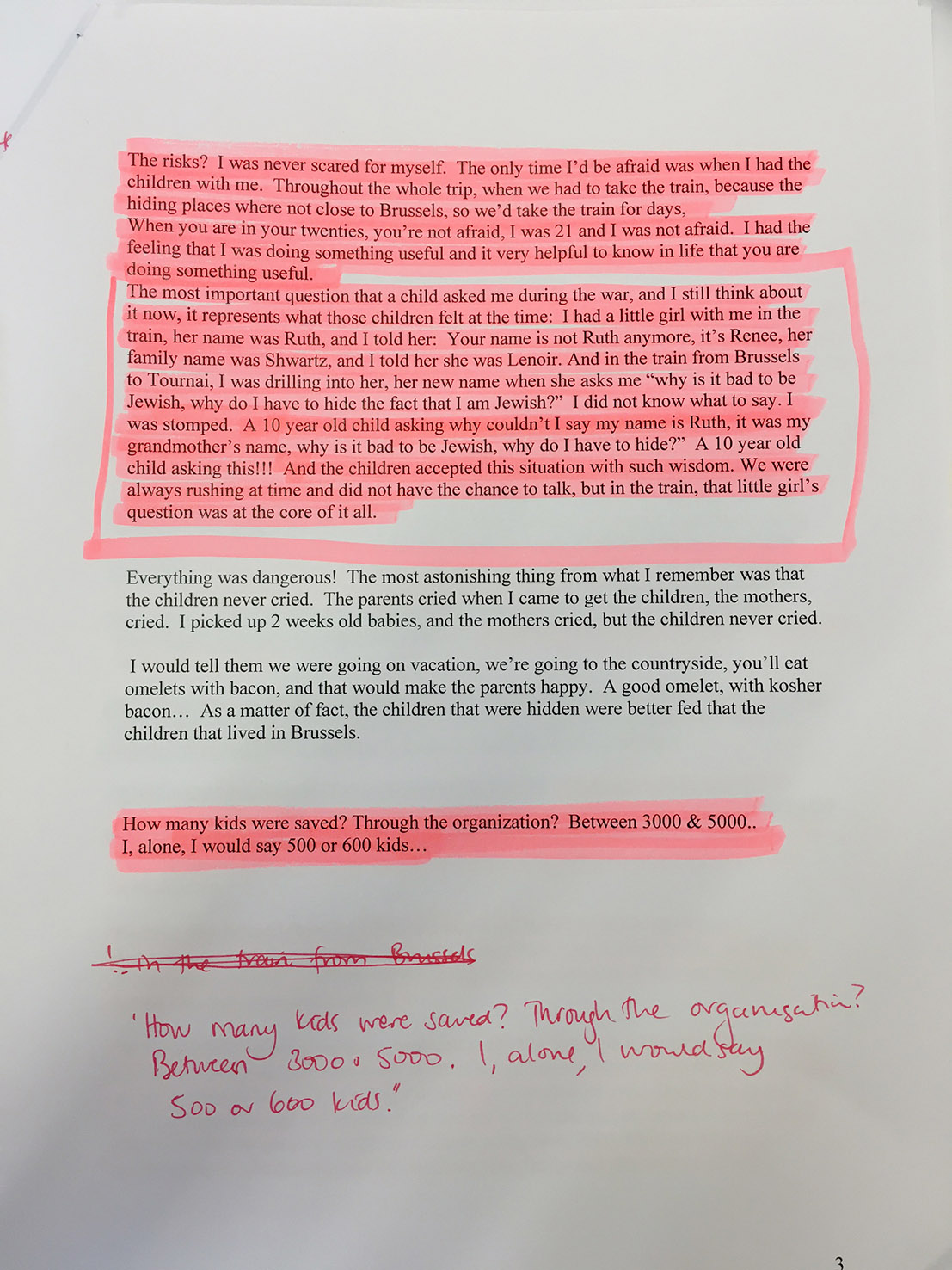
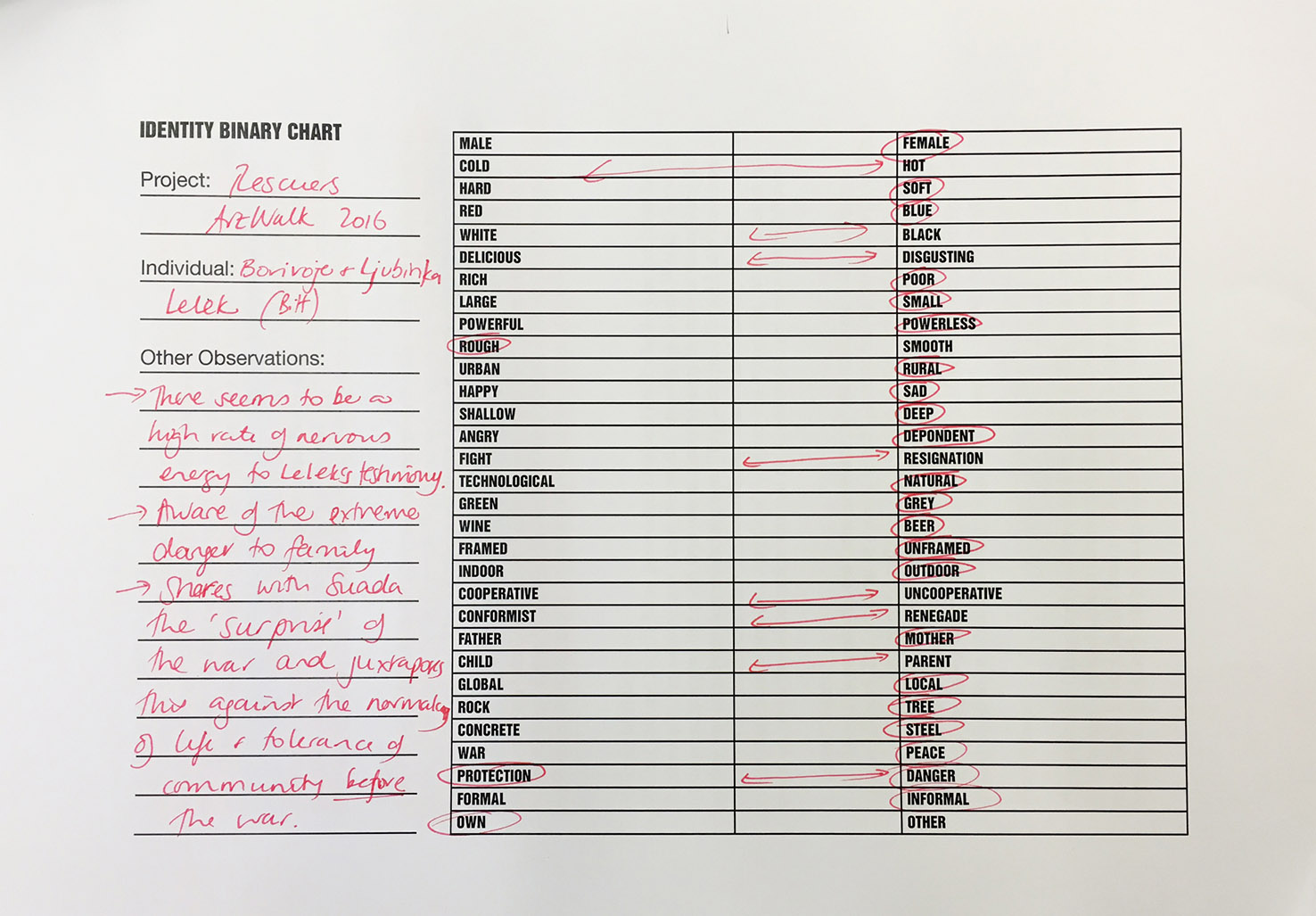
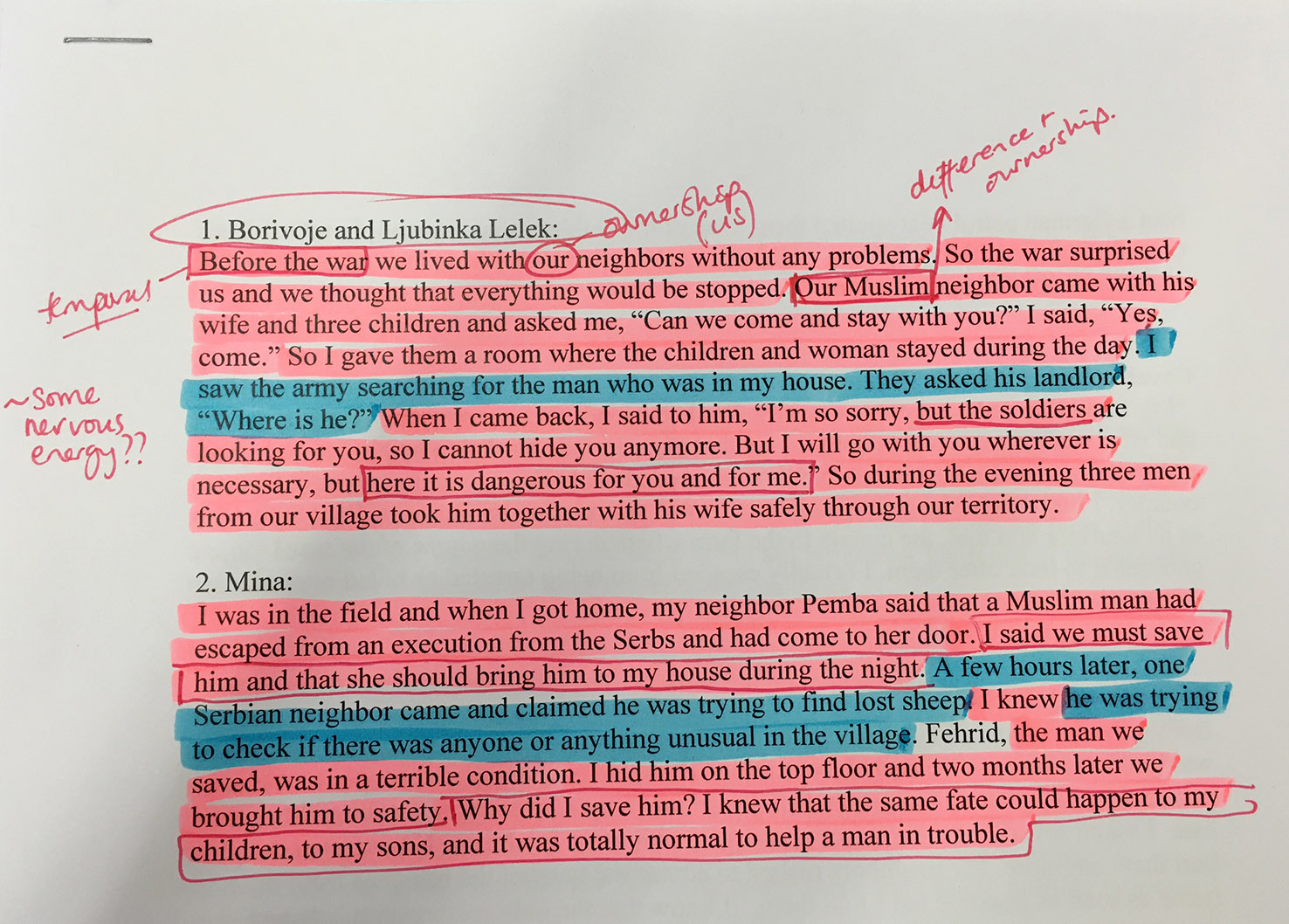
Resources:
Barthes, R. (1999). Rhetoric of the Image. In E. Jessica & S. Hall (Eds.), Visual Culture: the reader (pp. 33-40). London: Sage Publications.
Roberge, J. (2011). What is critical hermeneutics? Thesis Eleven, 106(1), 5-22. doi:10.1177/0725513611411682
van Leeuwen, T. (2005). Introducing Social Semiotics. Oxon, U.K and New York: Routledge.
